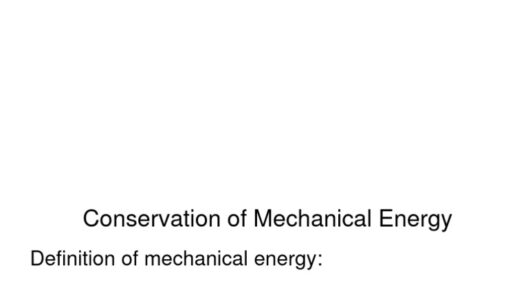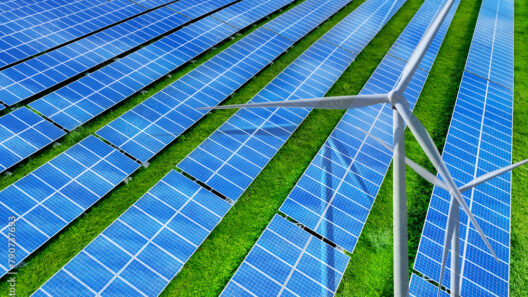Cooking is an essential aspect of everyday life, often an enjoyable blend of creativity and sustenance. However, amidst the cacophony of kitchen activities, there lies a profound opportunity for energy conservation. As the global climate crisis escalates, it becomes imperative to reconsider how our endless cooking endeavors impact the environment. This discourse aims to illuminate the various facets of cooking and household energy savings, offering innovative perspectives and spurring curiosity about how culinary practices can evolve in a more energy-efficient manner.
At the core of energy-efficient cooking is the recognition that traditional methods often squander precious energy resources. The modern kitchen, replete with its arsenal of appliances, can be a voracious consumer of electricity. The average home utilizes approximately 13% of its energy for cooking and other kitchen-related tasks. This percentage may seem negligible, yet it aggregates to significant environmental repercussions over time. Thus, even the smallest modifications to cooking habits can foster substantial energy savings, promoting sustainability while also mitigating greenhouse gas emissions.
To commence this journey toward energy optimization, one must first evaluate the existing culinary processes. Are you habitually preheating the oven for a simple casserole? Consider this: depending on the dish, preheating can be superfluous. Certain items, such as casseroles or baked pasta, can achieve desired outcomes without the necessity of an oven’s blistering heat, as the cooking times effectively overlap your oven’s warm-up period. Interestingly, most modern ovens take about 15 minutes to reach optimal temperature—a veritable waste of energy when alternative methods are available.
Utilizing the stovetop or microwave can also result in remarkable energy efficiency. When boiling water for pasta, why not employ a lid? By covering the pot, heat remains trapped, drastically reducing cooking time. The microwave, too, is a bastion of energy efficiency, often requiring merely a fraction of the energy compared to conventional cooking. Each versatile appliance in your kitchen offers unique benefits, inviting inquisitive minds to explore the most efficient methods of food preparation.
Moreover, the choice of equipment plays a pivotal role in energy consumption. Induction stoves, for instance, are lauded for their rapid heating capabilities and precise temperature control, vastly outperforming traditional electric and gas stoves in energy efficiency. These stoves utilize electromagnetic energy to directly heat pots and pans, delivering a virtually instantaneous cooking experience. Transitioning to such innovative appliances might demand an initial financial outlay, but the long-term energy savings and reduction in carbon footprint justify the investment.
Another essential consideration is meal preparation’s timing in relation to energy use. Tinkering with cooking schedules can yield impressive results. For example, coordinating oven and stovetop operations can optimize energy utilization, thus minimizing the need for extended periods of high energy consumption. Cooking larger batches of food not only maximizes resource use but also encourages strategic meal planning, reducing food waste while maintaining an energy-efficient kitchen.
In a world where convenience reigns, slow cookers and pressure cookers can often be overlooked. These appliances employ low-energy methods to transform raw ingredients into culinary masterpieces over longer periods. While traditional cooking may unfold in a matter of minutes, a slow cooker or pressure cooker uses a mere fraction of that energy, allowing flavor to develop through the gentle cooking process. The utilization of these appliances not only renders meals inventive but also promotes frugality in energy consumption.
Emphasizing the importance of energy savings also extends beyond the kitchen’s immediate confines. Household energy efficiency is a collective endeavor that encompasses all facets of daily living. By fostering a harmonious synergy between energy use within various spaces, one can unveil a continuum of savings. Simple actions such as turning off the oven after a dish has been removed or utilizing residual heat can further amplify the conservation ethos.
Beyond considerations in the physical kitchen space, one must also acknowledge the role of materials in cooking applications. Nonstick cookware and appropriately sized pots can significantly reduce energy usage. By selecting equipment that conducts heat more effectively, cooks can minimize the energy expended while preparing meals. The principle is simple: efficient heat transfer directly correlates with reduced energy requirements.
As the conversation encircles cooking, it is vital to mention the role of local and sustainable food sources. Sourcing ingredients from local producers naturally minimizes the carbon footprint associated with transportation, while often ensuring fresher and tastier produce. Embracing a seasonal approach to cooking not only enriches meals but further augments the energy savings by inherently promoting sustainability.
It is crucial to recognize that energy-efficient cooking transcends mere financial savings; it opens the door to experimentation and a deeper appreciation for the culinary arts. Each strategic choice unveils a tapestry of opportunities—pique curiosity by challenging traditional norms. Investigate how global cuisines adapt to seasonal constraints, or explore the influences of cultural practices on energy efficiency.
In summation, the amalgamation of cooking and energy savings invites enthusiasts and pragmatists alike to reconsider their utilization of resources. By recalibrating cooking practices, cascading benefits extend beyond individual kitchens into the broader ecological narrative. The promise of energy savings intertwines with sustainability, rendering our culinary endeavors not only palatable but also profoundly responsible. In the face of looming climate crises, perhaps it is time to embrace cooking as a conscious act—one that fortifies our planet while satisfying our appetite for innovation.








